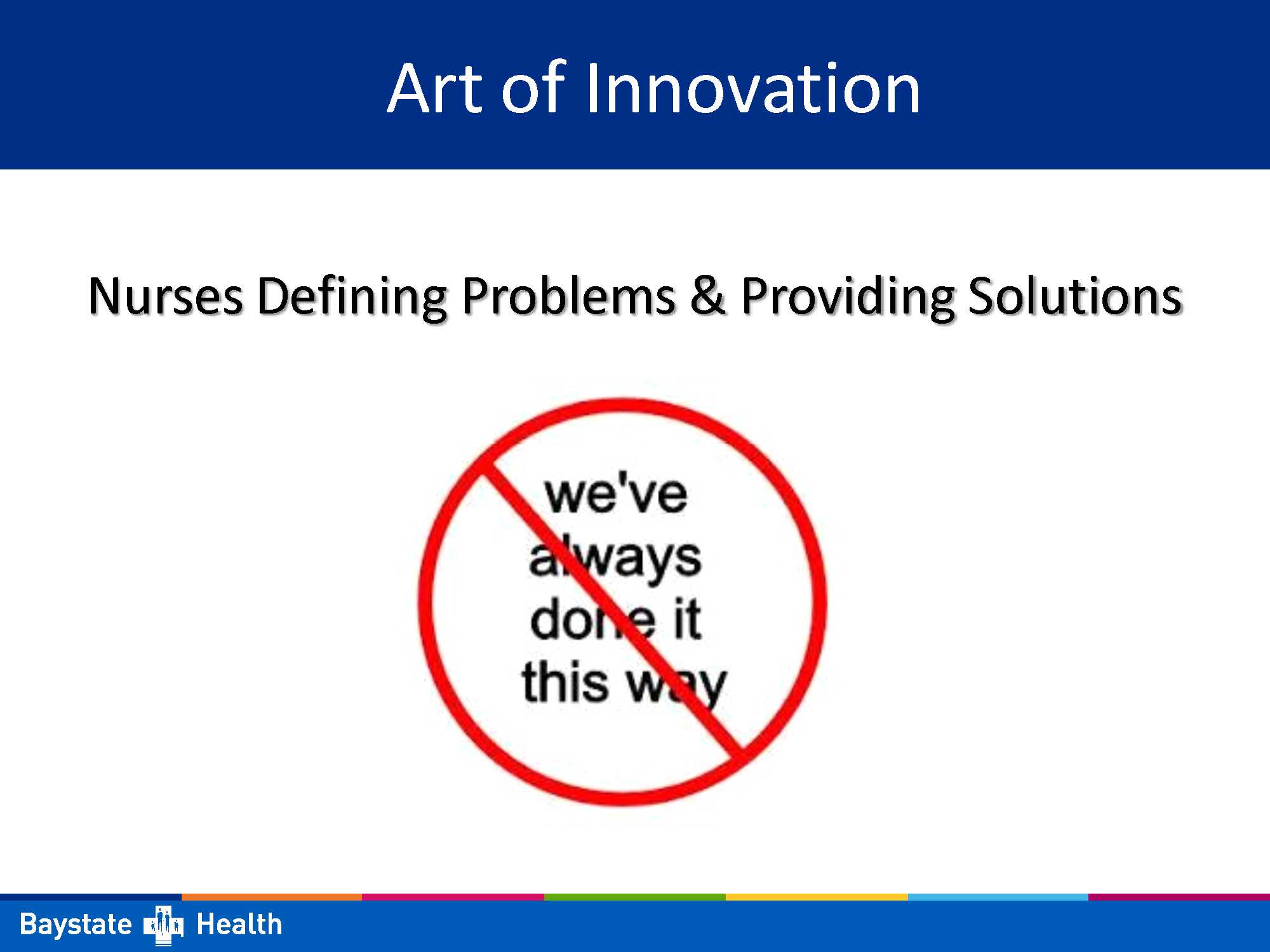Preview

Creation Date
10-2017
Description
Research findings support the institution of standardized Early Mobility programs to improve patient outcomes and to reduce costs. The goals of this project were to improve nurses’ knowledge about the impact of progressive mobility and to increase the number of mobility-related activities and events among critically ill patients. Our research question was: Does a multimodal, educational approach increase the ICU RN’s knowledge of and compliance with an Early Progressive Mobility Protocol? An interdisciplinary mobility team organized a plan addressing the barriers and learning needs of our unit. After conducting an extensive literature review, an evidence-based Early Progressive Mobility Protocol was developed. A multimodal educational program based on Malcolm Knowles Adult Theory of Learning was designed to present this information to ICU nurses. Educational and training sessions in conjunction with simulation were utilized in collaboration with physical therapy, to cover: physiological effects of prolonged immobility and bed rest, benefits of early progressive mobility, use of the mobility protocol with safety guidelines, proper mobility techniques, use of equipment, and finally care documentation. Real time coaching with the interdisciplinary team during morning rounds was also utilized. Early Progressive Mobility was presented relative to the ABCDEF Bundle throughout the course. A pre and post-test were administered to evaluate the effectiveness of the educational intervention and real-time audits with chart reviews were conducted to measure bed-side compliance with the use of the protocol and percentage of patients mobilized according to the protocol. Knowledge of 60 nurses was measured with a test conducted before and after the education. The test included a 5 point Likert Scale rating the importance of mobility to individual nursing practice. The p-value of 0.0001 attained suggested that the education provided significantly increased knowledge scores and nurses’ perception on the importance of mobility. Compliance with the protocol utilization was measured via pre and post audits. Pre education audits revealed that 59% of eligible patients were mobilized compared to 94% post education. We are currently moving towards identifying patient sensitive outcomes and collecting data accordingly.


